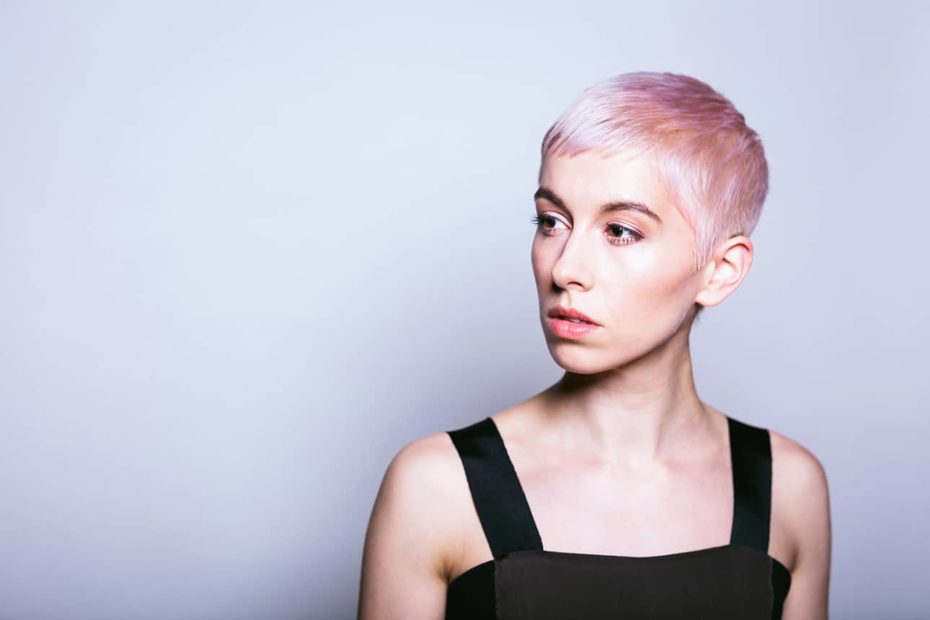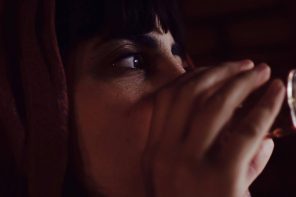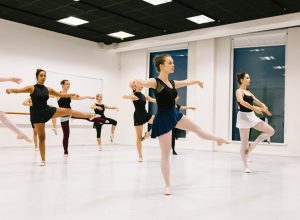Creating the perfect portrait requires prep, knowledge and fluidity. Let's look at some of the tips to help you create the perfect portrait!
1. Be Prepared
Planning your shoot is key to a stress free and fun portrait shoot. Although the final image you decide on using may not be the one you had envisaged, when shoot day arrives, it’s helpful to have a clear idea of what you are trying to achieve. You will have chosen your model(s) and thought about how you would like to position them, paying attention to what would be most flattering for them.
If you've chosen to go for a studio shoot, do you have the backgrounds and props you would like to use and do you have the correct lighting set up for your desired look? If you're on location, do a recce so you know what you're working with regarding backgrounds and light and be prepared for any surprises. It's also a good idea to create a mood board of locations, lighting, model looks, costume etc. to help develop your idea.
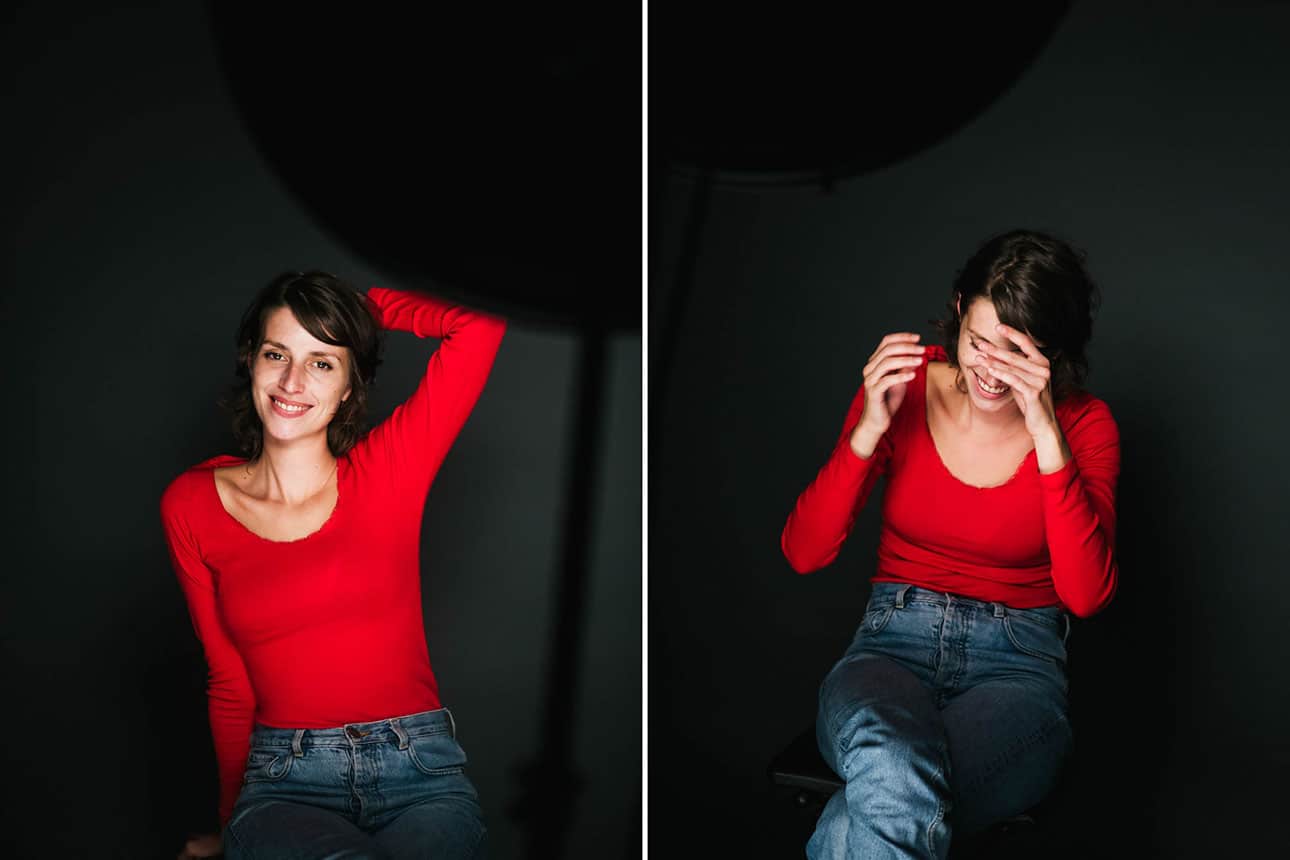
portrait photography tips
2. Communication is Key
If you want to create authentic and natural poses with your model, it’s really important to make them feel comfortable. Keep up the conversation from the moment they arrive. If you have never met them, introduce yourself, tell them what the plan for the shoot is and what you are trying to achieve with the images.
Find out a bit about them, tell them about you, play some music if possible, keep it light. All these things will calm the shoot and build trust and a connection between you and your model. They will be looking for direction, so be confident with your instructions and work together. You can still chat throughout, nothing makes things awkward than a silent shoot!
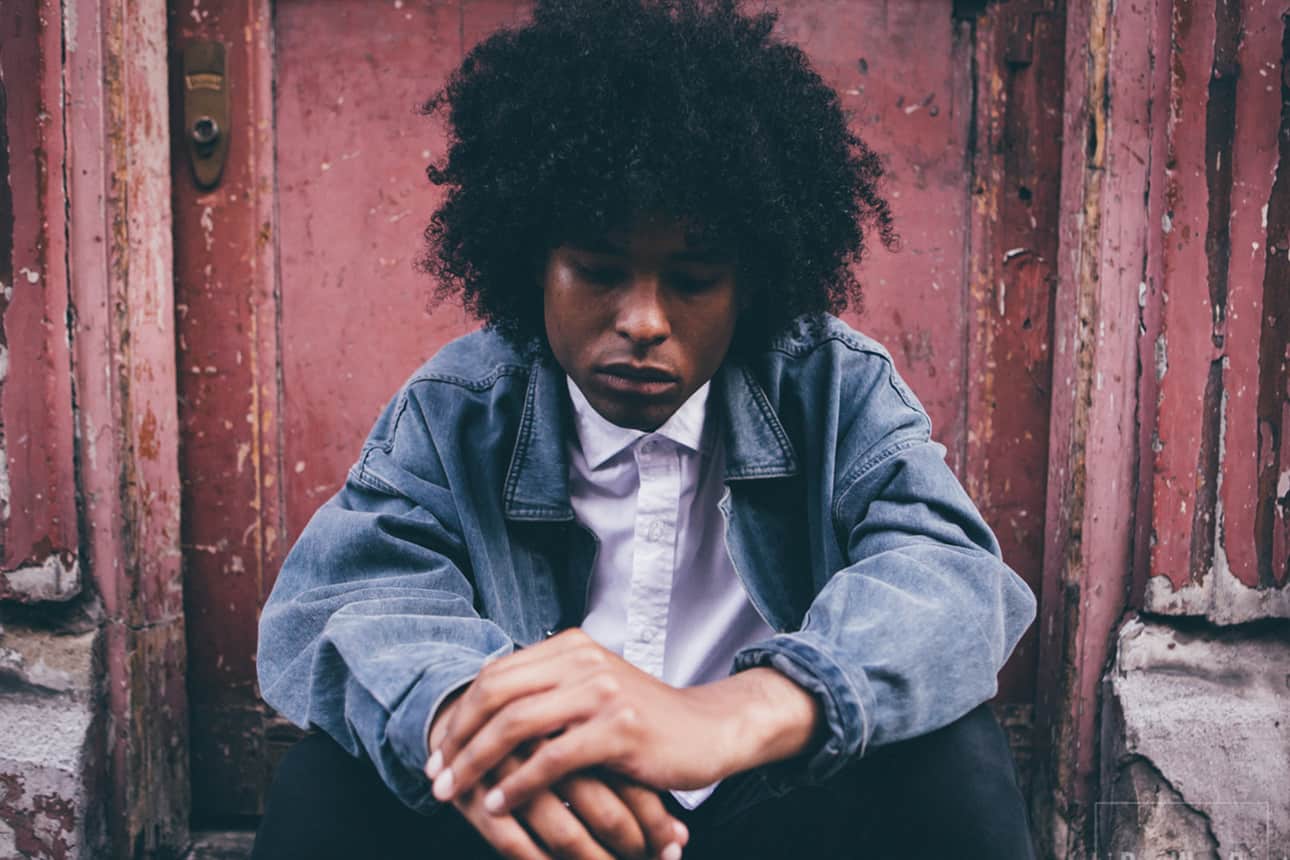
take perfect portrait
3. Choose Your Weapon
The lens you choose for your shoot, and subsequent focal length, is very important in portraiture. Some focal lengths are not suitable for particular types of portraiture. For example, shooting a close-up portrait with a wide focal length (e.g. 24mm) will distort your model’s face. There is much debate over which focal length is the most flattering for your model, but using a focal length of 50mm or 85mm is a good place to start.
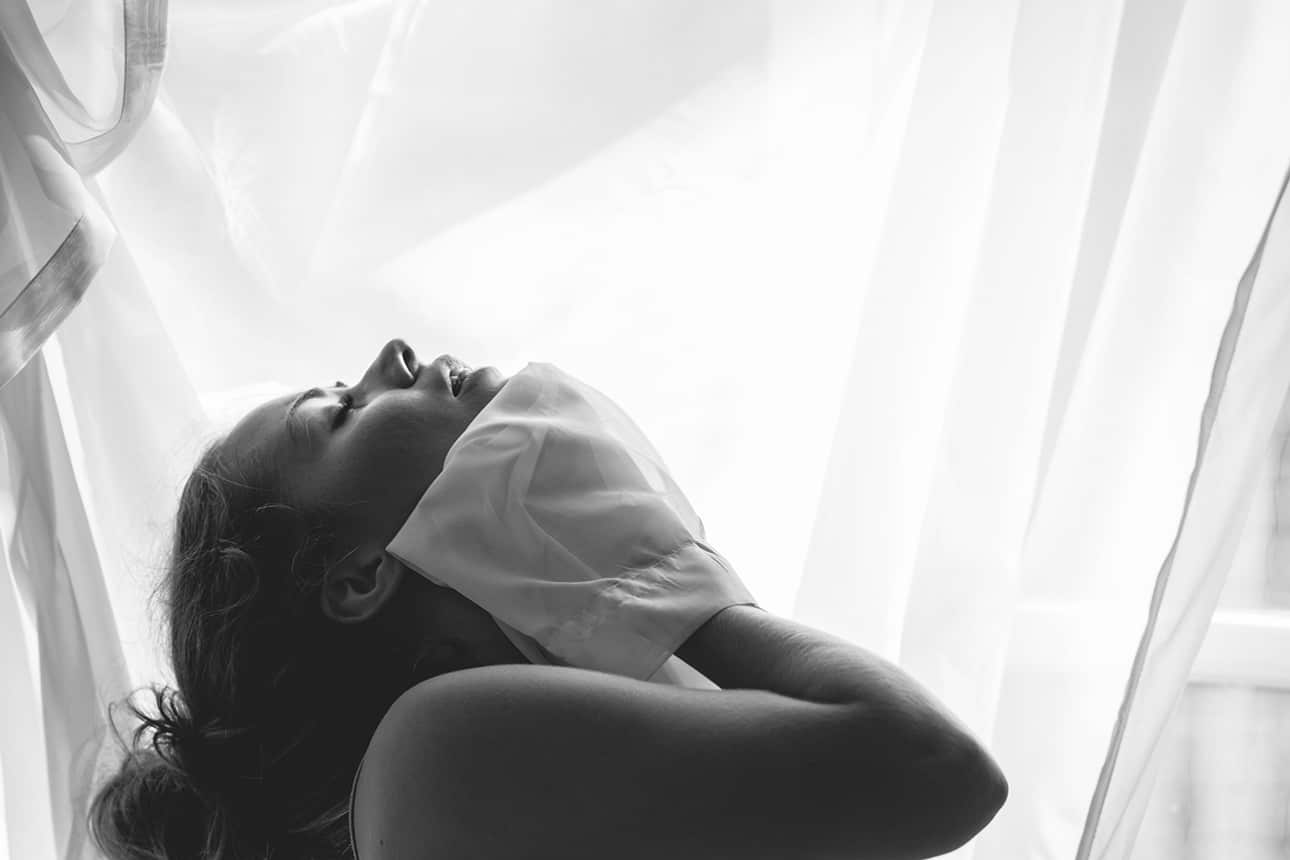
perfect portrait advice
4. Depth of Field
Depth of field is a great tool to make your portraits more dynamic. Portrait photographers often choose a low aperture value (e.g. f2.8) to create a shallow depth of field. But don’t forget that your aperture is not the only decision that will effect depth of field. The distance of your model from their background and the distance of you from your model will also create this effect. Keeping your background as far in the distance as possible and using a focal length that allows you to zoom into your models face will help create the desired effect.
5. Light Up
Lighting is of course everything in photography, but pay particular attention to how the light is hitting your models face. Is it hard or soft light? Are there too many shadows on your models face? Do you want shadows on your models face? What type and direction of light will be the most flattering for your models features.
More often than not, you will want to keep the light nice and soft. However sometimes a harder light, that produces shadows can create a more dramatic image (for example, harder light can accentuate a stereotypically male features). If you are shooting on location using natural light, you may not have many options. If you are shooting in a studio, consider the different lighting set ups that you could experiment with.
There are many elements to a create a great portrait, but hopefully these tips will help you tell the story of your model. My last tip would be to experiment as much as you can and have fun in the process!




